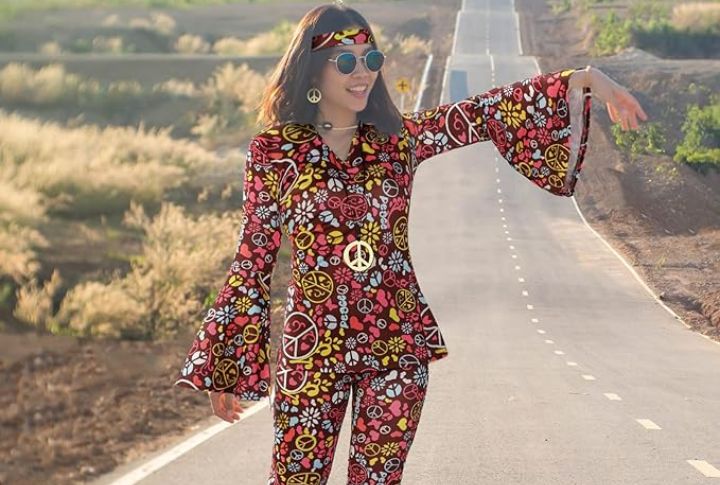
Black women took center stage in the 1970s, rewriting the rules of personal style. They wanted changes in power structures in the workplace and representation. These ten cultural moments reveal how they built influence and identity on their own terms. Discover the movements that still echo through today’s world.
The Natural Hair Movement Took Hold

For centuries, Eurocentric beauty standards shaped what society accepted. The 1970s broke that mold as the natural hair movement surged. Fueled by the Black Power movement, women wore afros with pride as they cast aside chemical straighteners. The afro became both a cultural symbol and a bold declaration everywhere.
The Rise Of Black Feminism

Mainstream feminism failed to capture the full picture of Black women. They faced racial and gender discrimination, which led to them demanding workplace equity. Voices like Flo Kennedy and the Combahee River Collective reshaped the feminist framework, laying the groundwork for intersectionality to take root.
Disco Culture Brought Bold Fashion

Disco pulsed through clubs with an unapologetic style. Sequins highlighted metallic textures, and plunging necklines redefined nightlife. Donna Summer embodied this glamorous shift, standing as a symbol of confidence. Fashion pushed boundaries as colors exploded; a new era of expressive selfhood dominated dance floors.
More Black Women Attended College

This wasn’t just progress—it marked a generational shift in status and opportunity. With support from affirmative action and scholarships, Black women entered fields once closed to them. All the professions that were either private or public saw new faces with each degree earned, and old stereotypes began to fade.
Soul Train Set The Trends

Before the internet, TV set the pace for culture. The “Soul Train,” led by Don Cornelius, with multiple black women in the dancing scene, did more than entertain; it redefined style. From velvet blazers to towering platform shoes, the show turned its dancers into icons. Across the nation, wardrobes changed as Black creativity shaped America’s fashion identity.
Wider Representation In Hollywood

Hollywood rarely prioritized Black women’s stories before the 1970s. That decade saw a shift as actresses like Pam Grier and Cicely Tyson dominated screens. Their presence challenged stereotypes portraying women. This newfound visibility redefined glamor and storytelling, proving that diverse narratives deserved the spotlight.
Bell-Bottoms And Jumpsuits Became Staples

In the 1970s, clothes pushed back against the norm. Every flared pant leg and daring print rejected convention. For Black women, fashion wasn’t frivolous—it challenged expectations. To wear bell-bottoms and jumpsuits wasn’t about fitting in; it was about reclamation of power through a self-defined, boundary-pushing style.
The Emergence Of Black-Owned Magazines

Mainstream publications overlooked Black beauty in mainstream fashion and culture. In response, magazines like “Essence” and “Jet” flourished as they catered to an audience craving representation. These platforms celebrated the people of color and their natural hair that came with the African heritage. It amplified Black voices in an era that often ignored them.
Increased Political Engagement

Change didn’t arrive—it was demanded. Black women took charge by stepping onto the ballot to confront injustice. Shirley Chisholm stepped up to make history, and by doing so, she opened floodgates. Politics was no longer out of reach—it became a tool for shaping futures on their own terms.
African Prints And Dashikis Became Popular

Cultural heritage intertwined with fashion as African textiles gained prominence. Women draped themselves in kente cloth, Ankara prints, and embroidered dashikis, a powerful statement. These garments transcended trends, reinforcing a connection to ancestry. They wore African-inspired clothing as an act of cultural pride, blending tradition with contemporary style.

Comments
Loading…